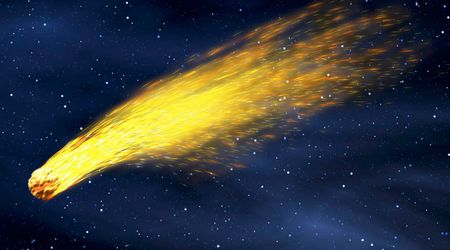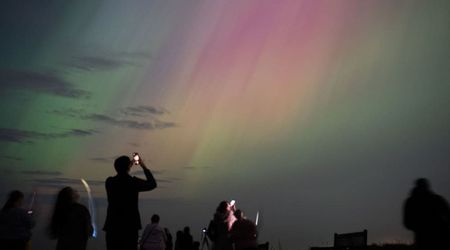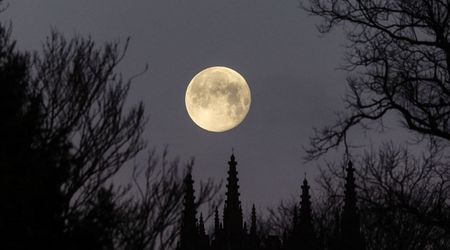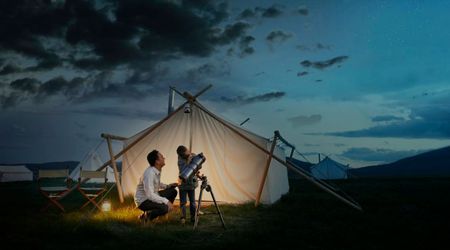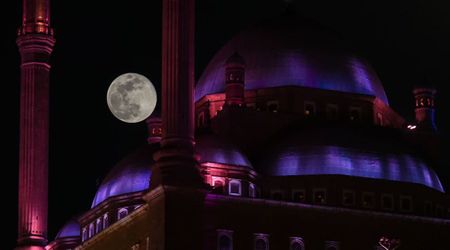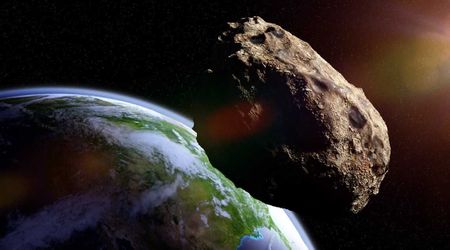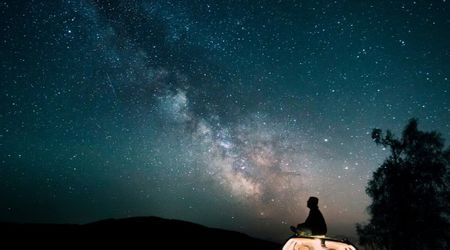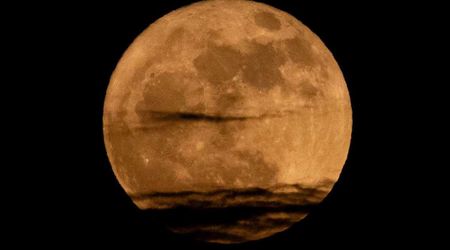A G2-level geomagnetic storm helped skywatchers catch Northern Lights further south than usual

The northern lights recently made an appearance, potentially stretching further south than is typical, due to a period of intense space weather and geomagnetic storm conditions. The Earth experienced a solar storm's effects on the night of June 12-13, which resulted in a moderate G2 geomagnetic storm levels. Additionally, a turbulent area in the solar wind, called a co-rotating interaction region (CIR), also influenced Earth around June 14, per Space.com.

Both NOAA's Space Weather Prediction Center (SWPC) and the UK Met Office had anticipated these moderate (G2) geomagnetic storms for June 13-14, with predictions of activity tapering off to unsettled levels by June 15-16. A G2-level geomagnetic storm expands the aurora oval — the typical zone where auroras form — farther south, providing skywatchers and observers across parts of the northern US with a potential glimpse of the elusive northern lights, given clear skies and minimal light pollution. Geomagnetic storms are classified on a G-scale, which ranges from G1 (minor) to G5 (extreme).
According to NOAA's SWPC, states positioned either fully or partially above the potential aurora viewing line includes — Alaska, Montana, North Dakota, Minnesota, Wisconsin, Michigan, South Dakota, Maine, Vermont, New Hampshire, Idaho, Washington, Oregon, New York, Massachusetts, Connecticut, Rhode Island and Wyoming. The places are ordered by their likelihood of a sighting, considering their proximity to the auroral oval's center and the extent of the state within or near the viewing area. It's also worth noting that auroras are unpredictable; they can appear much farther south than anticipated or remain unseen entirely. A successful display hinges on the alignment of numerous conditions. Beyond geomagnetic activity, factors like cloud cover, light pollution, and the brevity of summer nights significantly influence visibility.

Viewing celestial phenomena like the auroras can be significantly hampered by light pollution. This makes locations with truly dark skies exceptionally valuable. Oregon, home to the world's largest dark sky sanctuary, exemplifies this, boasting the top spot for stargazing among US national parks. Crater Lake National Park in southern Oregon earned this distinction, according to a study by vacation rental site Lake.com, which analyzed National Park Service data from night sky collection sites to identify the top 20 best national parks for stargazing.

While renowned as the deepest lake in the United States, Crater Lake's appeal extends to its exceptional stargazing opportunities, offering unparalleled views of the night sky. The park's remarkable clarity and, critically, its minimal light pollution are key factors in this recognition. A comprehensive study awarded Crater Lake a perfect 100 index score for stargazing. This impressive rating stems from an average of a staggering 98.6% of stars being visible across Crater Lake's four data collection sites.
Furthermore, the park boasts an incredibly low average light pollution ratio of just 0.03. This ensures that the natural brilliance of the cosmos is largely unobstructed, creating a truly immersive stargazing experience. This is a stark contrast to areas where light pollution obscures the view of even intense aurora displays. Great Basin National Park in Nevada emerged as the closest contender with a respectable 88.58 index score for stargazing, based on strong 97.8% star visibility and a slightly higher, yet still impressively low, average light pollution ratio of 0.04.
